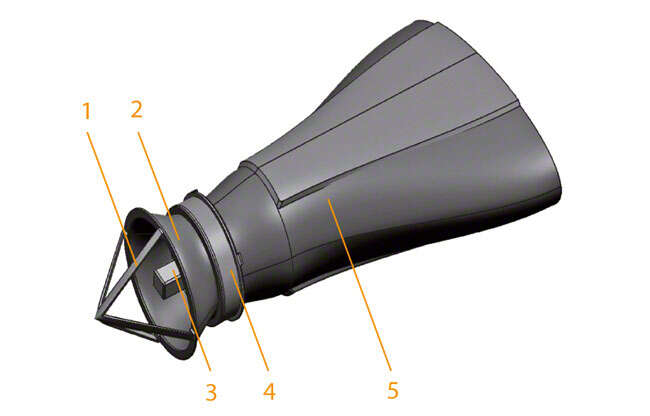River turbine
A river turbine is based on the innovative concept of directly converting the kinetic energy of the flow in rivers into mechanical work.
Conventional hydro power stations generally make use of the geodetic head difference (partly by means of artificial constructions such as weir systems or dams). The height difference between the upper and lower water level is converted into usable mechanical work in the pump house (in the turbine impeller).
Unlike conventional hydro power stations, river turbines do not require any structure to be built across the water body. Following the principle of wind energy installations, the kinetic energy of the axial flow through the turbine impeller directly drives the impeller. The concept of a river turbine has some substantial advantages over conventional hydro power stations.
Advantages of river turbines
- Simple design
- No hindrance to commercial shipping traffic
- Low impact on aquatic ecology (fish migration)
- Low impact on water body morphology (sediment transport, sedimentation)
As illustrated in the schematic drawing of a river turbine, the coarse screen fitted in the direction of flow prevents the turbine impeller (not shown) from any damage by flotsam. The screen is connected to the inlet nozzle. The generator is fastened inside the turbine housing by means of braces. The outlet nozzle in the outgoing flow increases the volume flow rate inside the river turbine and thus the speed at the rotor level. See Fig. 1 River turbine

Fig. 1 River turbine: Schematic diagram
1 Coarse screen
2 Inlet nozzles
3 Generator
4 Turbine housing
5 Outlet nozzle
This clearly improves the total efficiency of the installation as the hydraulic power (Ph) of the turbine equals the speed to the power of three. Ph is defined as:

